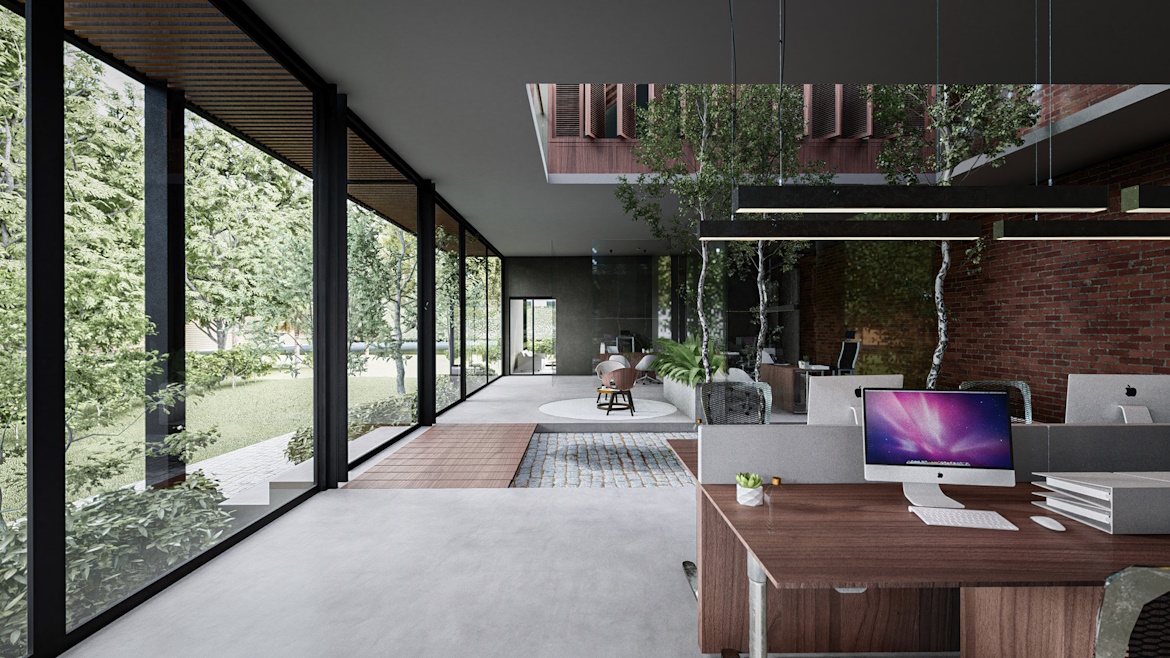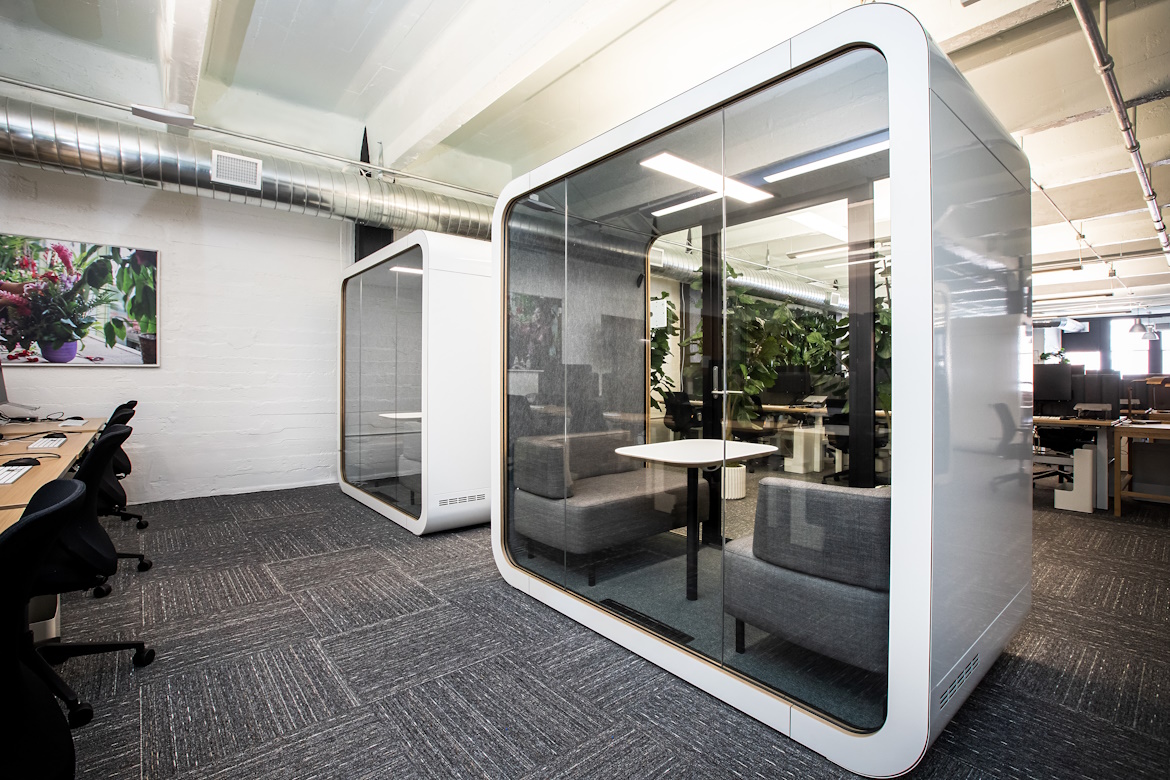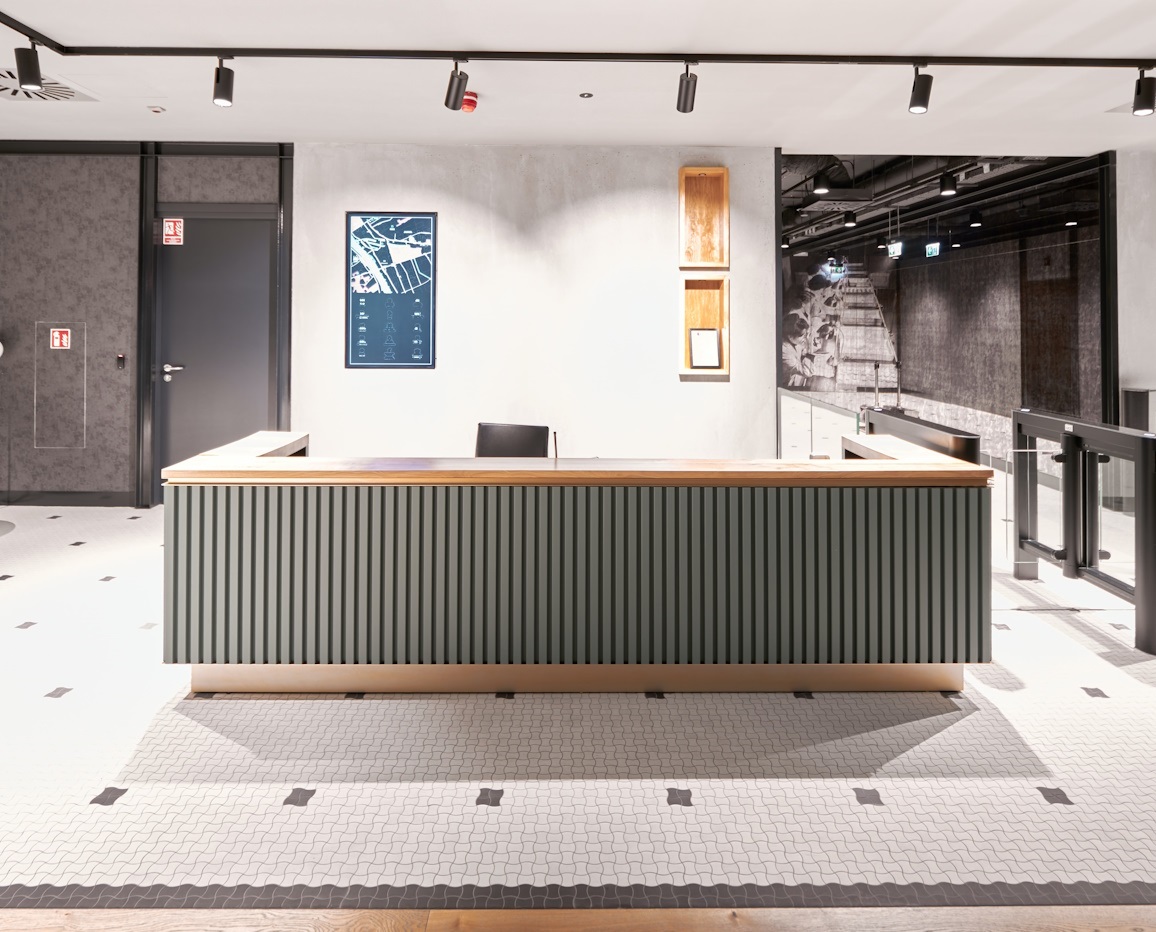Guide to Workplace Terminology When Renting Office Space
The workplace is constantly changing. Recent events have redefined the way we work, with a considerable number of organisations adopting some form of flexible working.
Our guide to office and workplace terminology will help you understand renting office space and all the terms you may come across.
Activity-Based Work Solutions (ABW): A workspace that is designed in a way that can facilitate different working styles and tasks. It might combine dedicated desks with meeting space, phone booths, brainstorming areas and coworking space.
Agile working: Synonymous with flexible working, agile workers have some autonomy over where they work and when, balancing their time between in-office and remote working.
Air quality: The extent to which an office is free from pollutants. Air conditioning, proximity to traffic, ventilation and humidity can all impact the air quality in an office.
Amenities: The facilities that come with an office, such as WiFi, showers, bike storage, event space, phone booths, gyms, meditation rooms, coffee machines...the list goes on!
Assigned workspace: A desk that the individual uses all the time (instead of hotdesking).
Biophilic design: An interior that features aspects of the natural world, such as plants, natural light, textures from nature, sounds, and natural materials like bamboo and wood.

Breakout space: An area of the office that is designed for non-work activities. It features comfortable seating and often lower lighting and is primarily for use during breaks.
Campus HQ: A workspace that is modelled on the university campus with open plan areas for collaboration, a canteen and leisure spaces such as a yoga room and gym.
CAT A Fit-out: Refers to the basic interior elements of a building, such as the electrical and mechanical services, air conditioning, lighting, lifts, and lobbies.
CAT B Fit-out: Refers to the extras that are added once the CAT A is complete, such as lightbulbs, bookshelves, wallpaper, and everything else that makes a business feel at home.
Coffice: A coffee shop that doubles up at a desk space.
Conference/Meeting/Boardroom: A place designed for meetings or conferences. They vary in size, from two-person meeting rooms to large conference rooms that can accommodate 15 or more people. They are furnished and include audio-visual equipment such as LED screens and speakers.
Coworking: Working alongside other companies or freelancers in the same space. Coworking desks are usually long, bench-style desks that may include desk partitions that enable individuals to focus and collaborate at different times.
Cubicle: A partitioned area in an office for private use. Cubicles were popular in the 1990s but have fallen out of favour in workspaces that prefer an open plan, collaborative setup.
Enterprise space: A dedicated workspace for bigger businesses who have a lot of resources and need to accommodate a large team. Often leased on a long-term basis.
Flexible office space: An office that comes with flexible contractual terms, such as a coworking space or a serviced office. Companies may be able to rent space on a monthly rolling basis and scale up when they outgrow their office.
Flexible lease: While a traditional lease usually lasts between 5-10 years, a flexible lease can be for as little as 12 months. However, even shorter leases may also be available.
Flexible working: A style of working that provides the employee with more ownership over when, where or how they work. It can include working from home or near home in a coworking space, hybrid working, or starting and finishing at a different time.
Focus/Huddle room: A small meeting room used by teams to collaborate and strategize. Huddle rooms often feature audio-visual equipment to enable remote workers to join in.
Games room: A room in an office building dedicated to recreational activities. It might feature a ping pong table and table football, for example.

Hot Desking: A plan that enables the member or employee to use any available desk; it is popular with freelancers and employees who work in the office on a part-time basis.
Hub and spoke: An office strategy where the ‘hub’ is the company's HQ – this is where people meet and collaborate. The ‘spoke’ refers to the other workspaces employees use, which can include coworking spaces or third spaces such as cafes.
Hybrid working: A mode of working whereby employees combine working from home with working in the office.
KIT Day: Short for ‘keep in touch day’, a KIT Day allows employees who are on leave for an extended period to keep in touch with the organisation.
Leased office/Traditional office: Offices that are leased on a long-term basis, usually for a number of years. The tenant may have to pay an exit fee if they leave the lease early.
Light Industrial: Typically designed to accommodate warehouses and manufacturing companies; they could allow for forklift access and include loading bays.
Managed Office: A happy medium between a serviced office and a lease, managed offices provide occupiers with a customisable space that includes services and facilities.
Mobile employee: An employee who spends 20% of their working day (or less) at their desk.
Nap pods: Somewhere private that occupiers can escape to rest during the working day.
Office Timeshare: Like a holiday timeshare, an office timeshare is when a space is shared between two or more organisations. One may use the office Monday-Wednesday while the other works from home, for instance.
Occupants: The tenants who work in a building.
Open plan: A large working space that doesn’t have partitioned rooms. Generally, open plan workspaces feature large bench desks, breakout zones and work pods or phone booths for privacy.
Pet friendly: An office with a pet policy which allows occupiers to bring their pooch to the office. Rules apply, and dogs must be fully trained and able to get along with other dogs.
Phone booths: A quiet, noise-proofed pod occupiers can use to make and receive calls without being disturbed or disturbing others.

Private offices: Private workspaces that accommodate a single company. Private offices in a serviced workspace often come fully furnished and decorated.
Self-contained: A self-contained office has its own bathroom and kitchen; in other words, everything a business needs to run its operations.
Sensors: IoT technology that measures the occupancy of a building and how it’s being used. Sensors are sometimes used to optimise a building for lighting and temperature in order to save energy.
Serviced offices: Fully furnished and equipped offices that can be rented on a flexible basis; amenities are usually shared with other occupiers in the building.
Shared space: A space that is used by multiple individuals and businesses. Coworking spaces are usually open plan and include hot desks and dedicated desks.
SMART Buildings: A SMART building utilises technology to track performance and usage. Everything from air quality to security can be controlled from a centralised and automated system.
SMART Office: An office that it fitted out with the latest smart technology, such as sensors that monitor occupancy and adjust heating and lighting according to usage.
Soft seating: Often found in breakout areas, soft seating provides office workers with a place to relax – or somewhere they can work from their laptop as a change of scene.
Square footage: The metric used to measure the floor space of a building. Each person is usually allocated 50 sq ft in an office for their desk space, however this can vary.
Sublet: Letting office space that is already leased; they are often short-term.
Third space: A third space refers an additional space an individual uses to do their work. For instance, if the office is the ‘first space’ and home is the ‘second space’, a third space might be a train, a café, a library or somewhere else entirely.
Welcome desk: This is often the first thing people see when they enter a serviced office or coworking space. It’s like a reception desk in that it provides a welcome for visitors. It’s usually where they’ll sign in by inputting their information into a tablet.

Workshop: Built to house practical-based businesses such as carpenters, metalworkers, and mechanics, and sometimes include space for storing parts and materials.
Workstation: Another term for a desk space, a person’s workstation contains their desk, stationery and any other equipment or technology they need to do their job.
Video conferencing: A live connection between two or more individuals over the internet using a programme like Zoom. Video conferencing has grown in popularity in recent years and is a useful tool when it comes to remote or hybrid working.
Virtual office: A solution for businesses that don’t require a physical workspace. Depending on the package, it can include a business address, call handling and limited hotdesking.